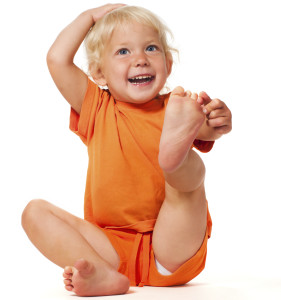What Are Hypertonia and Hypotonia?
Hypertonia and Hypotonia are two technical terms to describe issues with muscle tone.
Muscles are meant to stretch with  our bodies to accomplish everyday tasks. Imagine your muscles are like a rubber band, and when you stretch to touch your toes or pick something up, you’re increasing the tension on the band. Most people experience a certain amount of resistance or tension when they stretch their muscles to do something.
our bodies to accomplish everyday tasks. Imagine your muscles are like a rubber band, and when you stretch to touch your toes or pick something up, you’re increasing the tension on the band. Most people experience a certain amount of resistance or tension when they stretch their muscles to do something.
So, what are Hypertonia and Hypotonia?
Hyper-tonia: ‘tonia’ refers to muscle tone or muscle tension and ‘hyper’ means over, above, or more. Hypertonia is increased muscle tone, and lack of flexibility. Children with Hypertonia make stiff movements and have poor balance. They may have difficulty feeding, pulling, walking, or reaching.
Hypo-tonia: is just the opposite of Hypertonia. ‘Tonia’ still signifies muscle tone, but ‘Hypo’ means under, or less. Hypotonia refers to decreased muscle tone, and too much flexibility. Hypotonia would make it difficult to pick your child up from under their armpits. Hypotonic children seem floppy when held and often have difficulty lifting their head and limbs, and performing fine and gross motor activities that require coordinated, controlled movements like sitting up without support, and feeding. Learn how motor development impacts feeding here.
If a child isn’t meeting early developmental milestones like lifting their head, reaching, rolling over, crawling, and even walking there could be multiple explanations. Issues with muscle tone are common in children and are often noticed by parents and caregivers before they’re diagnosed by medical experts. Parents and caregivers should trust their instincts and talk to their child’s health care provider about their concerns.
Check out what else to expect from your baby. Follow their milestones here!
Sometimes hypertonia and hypotonia are apparent at an infant’s birth, but often issues don’t present till months or even years later. It’s never too late to notice an issue and seek a medical opinion and potentially therapy. Occupational and physical therapy can help children with differences in muscle tone to increase their flexibility, build coordination, develop strength, and improve balance.